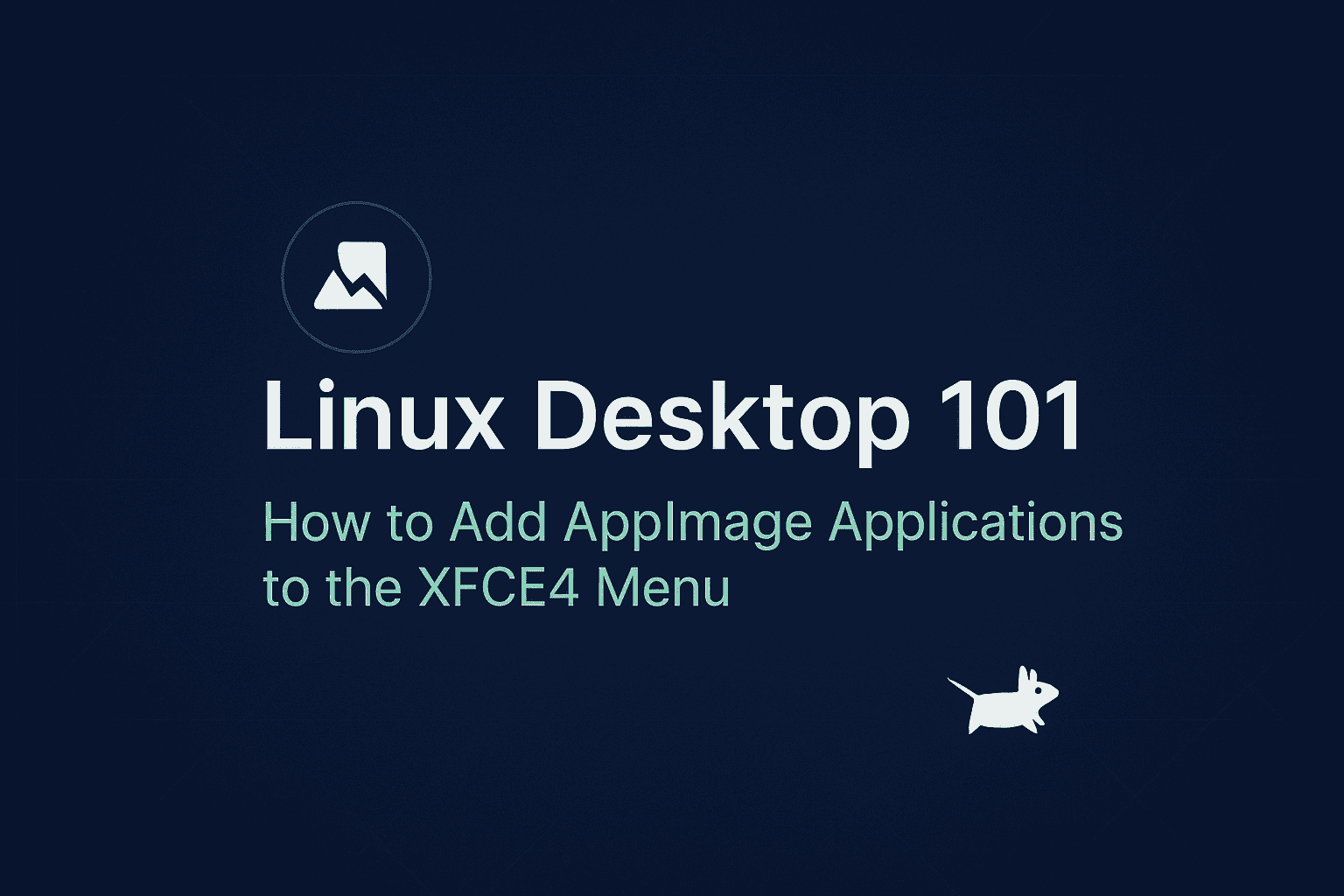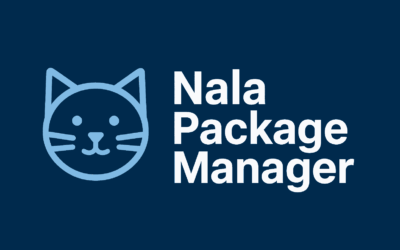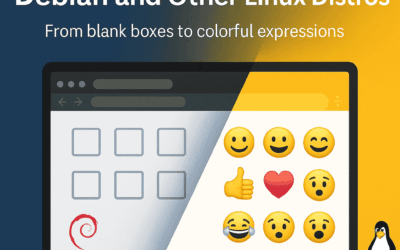✍️ Brief Introduction
Managing applications on Linux can sometimes feel fragmented, especially when dealing with portable packages like AppImage that don’t integrate into the desktop menu by default. Unlike .deb or .rpm packages, AppImages run as standalone executables and often lack shortcuts in desktop environments such as XFCE4.
For power users who rely on XFCE, this can be inconvenient — you either launch applications manually from the terminal or navigate to the executable file every time. To solve this, we can use a simple bash helper script that generates .desktop launchers. With this approach, you can add shortcuts for AppImages, bash scripts, or even custom executables directly to the XFCE4 menu with minimal effort.
🛠️ Step-by-Step Guide: Creating XFCE Shortcuts for AppImages & Scripts
Example 1: Shortcut for an AppImage
Suppose your AppImage is in ~/Applications/Obsidian.AppImage.
mkdir -p ~/.local/share/applications cat > ~/.local/share/applications/obsidian.desktop << 'EOF' [Desktop Entry] Name=Obsidian Exec=/home/$USER/.local/share/applications/Obsidian.AppImage Icon=/home/$USER/.local/share/applications/obsidian.png Type=Application Categories=Office;Accessories; StartupNotify=true EOF
1. Copy the .AppImage and .png file to this directory /home/$USER/.local/share/applications/
2. Categories section from the script above adjust it which categories would you prefer.
3. If something went wrong having an error failed to execute command replace the $USER to your own username
Then:
chmod +x ~/.local/share/applications/obsidian.desktop chmod +x ~/.local/share/applications/Obsidian.AppImage
Now Obsidian will appear in your XFCE4 Menu → Office.
Example 2: Shortcut for a Bash Script
Suppose you have a script in ~/scripts/myscript.sh.
mkdir -p ~/.local/share/applications cat > ~/.local/share/applications/myscript.desktop << 'EOF' [Desktop Entry] Name=My Script Exec=/home/$USER/.local/share/applications/myscript.sh Icon=utilities-terminal Type=Application Categories=Utility; Terminal=true EOF
Terminal=true→ runs in a terminal window.- You can change
Icon=to a PNG path or a system icon name.
Make script executable:
chmod +x ~/scripts/myscript.sh chmod +x ~/.local/share/applications/myscript.desktop
✍️ Final Thoughts
While desktop environments like GNOME or KDE often provide GUI tools for creating launchers, XFCE users benefit from a lightweight and more hands-on approach. By writing a small helper script, you gain full control over where your applications live, how they integrate, and what icons they use.
This method not only streamlines launching AppImages and scripts but also makes your workflow more consistent, organized, and professional. Whether you’re managing everyday productivity apps like Obsidian or custom bash utilities, having them neatly available in your menu is a small but powerful quality-of-life improvement.




